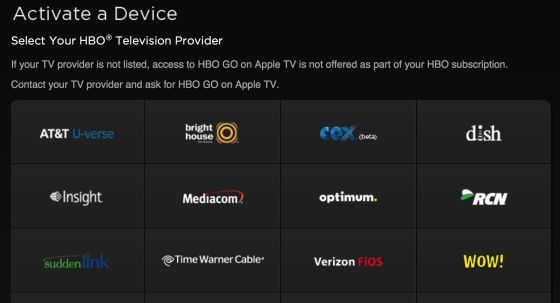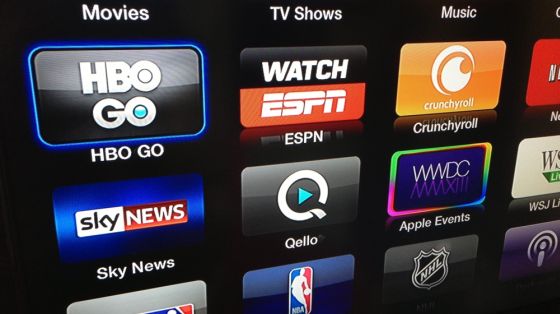I have a four-year-old son who doesn’t understand the concept of commercial television. Honestly, I don’t know if he understands the concept of television with programming. Chances are he’ll never experience it and will never need to know what it is.
Why can’t I watch my show now?
 The only thing my son understands is that there are various screens in our house (TV, iPad, computer, mobile phone) and he wants to watch videos on them. The idea that something isn’t available right now and you have to wait until a certain time on a certain day to watch it has never been explained to him. I don’t think he’s ever watched live programming. For sports, I usually start recording and watching on slight time delay. When I fast forward he asks me what I’m doing. I explain I’m zipping through commercials, but he’s never seen them so he doesn’t know why I’m zipping through anything.
The only thing my son understands is that there are various screens in our house (TV, iPad, computer, mobile phone) and he wants to watch videos on them. The idea that something isn’t available right now and you have to wait until a certain time on a certain day to watch it has never been explained to him. I don’t think he’s ever watched live programming. For sports, I usually start recording and watching on slight time delay. When I fast forward he asks me what I’m doing. I explain I’m zipping through commercials, but he’s never seen them so he doesn’t know why I’m zipping through anything.
Old business models my son will never understand nor have to learn
Conversely, the cable and carrier industries that provide TV service are run by people who grew up on an old “it’s our way or the highway” business model. They had created a system where their services were the only way to get certain types of TV networks and programming. No one demanded cable operate the way it does. Nor does any other service have their kind of leverage. Cable has monopolies in specific locales and they force you to purchase bundles of channels you don’t want, just to get the few channels you do want. Imagine if Home Depot operated like the cable industry:
“I understand you want to paint your house blue and only blue. We’d be happy to sell you blue along with these 200 colors you don’t want.”
These old cable cronies are legislating and lobbying their way to holding onto their business model until they retire, divest, or die.
We’ll be happy to take your money and provide no service
My iPad is currently filled with a few great apps, such as HBO and WatchESPN, from cable networks that offer complete access to a huge library of content. Most notably, the movie channels that have original programming make all of that content available via their apps. That’s enormously valuable. On the other hand, my video provider, AT&T Uverse, offers up episodes 3 and 4 from season 4 of Californication, and nothing else. In addition, AT&T Uverse has an app with some of the worst programming that I never watch.
For years cable and other video providers have strong armed us into purchasing bundles of unwanted programming. We put up with it because it was the only option and we eventually got the channels we wanted. The video providers have shifted to an all time new low with their new “pay us and we provide you no service” business model. Here’s how it works:
- You launch a TV network’s app, such as HBO GO on watchESPN.
- To use the app you must type in your username and password of one of the carriers to prove that you’re a customer.
- You then begin watching the programming on the app.
- If you’re not using the carrier’s bandwidth, then the carrier is simply collecting money and providing no service.

The cable network provided the application, they’re serving up the programming, and whatever carrier I happen to be on is handling the traffic. In what other industry would such a model survive for a minute, let alone years?
NOW is the time for cable networks to offer their programming à la carte
I asked TV tech veteran Richard Bullwinkle (@rbullwinkle) on my podcast, “Tear Down Show,” the question as to how long can that go on? People have been demanding à la carte programming for years. When are the networks and the audience going to wise up?
Bullwinkle responded that he was sure that TV networks, such as ESPN and HBO, the anchors for many cable companies, have this conversation all the time. They don’t shun the carriers because a significant portion of their revenue comes directly from them as they have direct access to pretty much the entire viewing audience.
As long as that maintains, which is what they’re constantly jockeying for as carriers maintain exclusivity in certain regions, then they’ll continue to strong arm us into BS business models. We’re moving to an app viewing experience for which all that matters is bandwidth. If video carriers build a business of a middleman offering no service, then it’s time to leave them behind.
We need support from TV networks, giving cord cutters another option that isn’t paying for a bundled carrier service. As video is becoming more and more distributed, their monopoly is vanishing. Let’s make it disappear.




